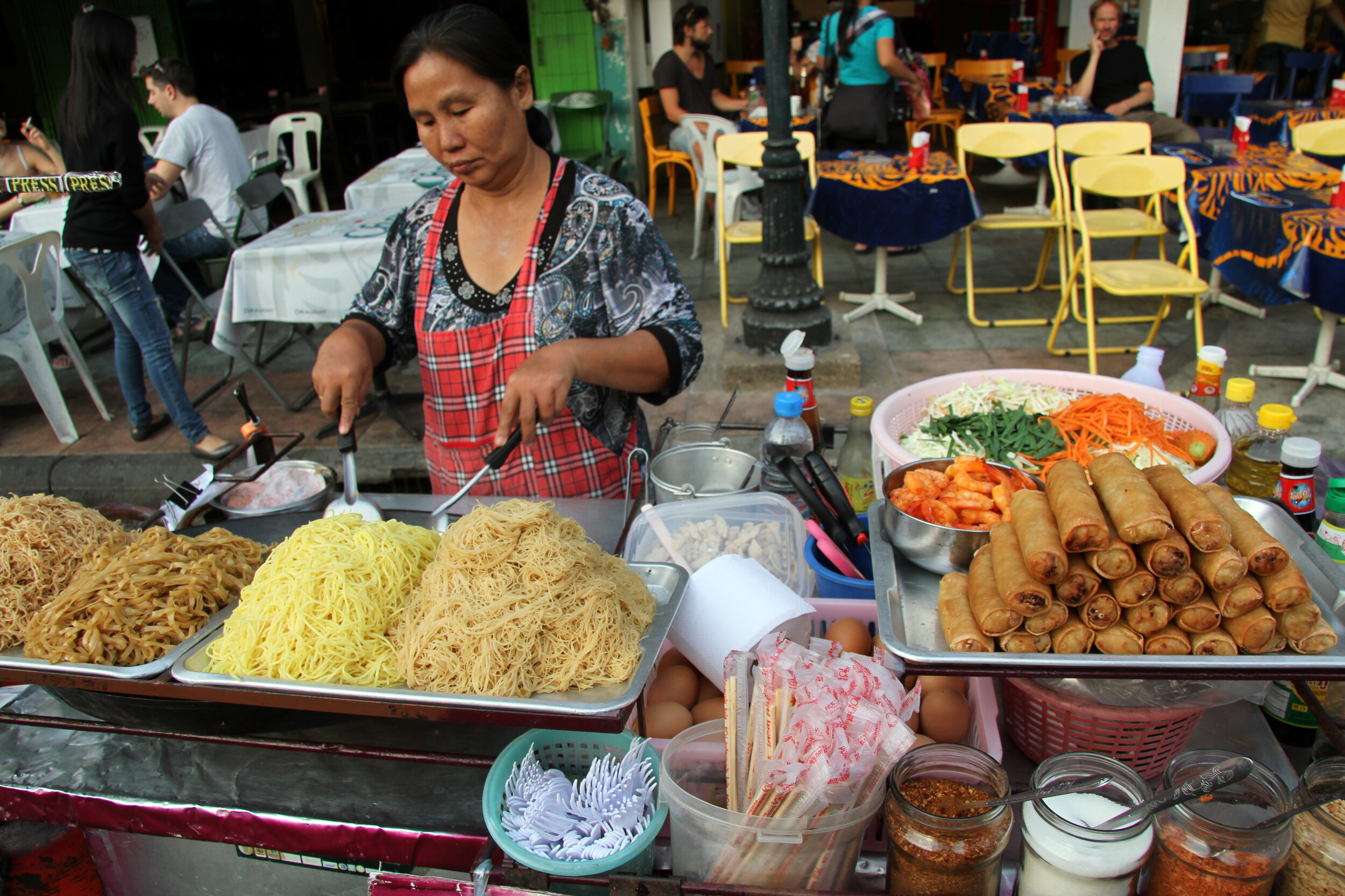Thai street food is renowned for its bold flavors, vibrant colors, and diverse offerings. It reflects the country’s rich culinary heritage and cultural diversity. When exploring Thai street food, it’s essential to understand both its historical context and modern appeal.
Introduction to Thai Street Food
Cultural Significance
Thai street food has been a cornerstone of the country’s cuisine for centuries. It not only provides affordable meals but also serves as a social hub where people gather to enjoy local delicacies like pad thai, tom yum soup, and mango sticky rice. The cultural significance of street food in Thailand is evident in its ability to bring communities together.
Popular Dishes in Thai Street Food
Must-Try Delicacies
Some must-try dishes include som tam (papaya salad), khao soi (curried noodle soup), and satay (grilled meat skewers). These dishes are known for their spicy kick and aromatic flavors, which are characteristic of Thai cuisine. Each dish offers a unique blend of spices that cater to different tastes.
Regional Variations in Thai Cuisine
Geographical Influences on Flavors
Thai cuisine varies significantly across different regions due to geographical influences on ingredients and cooking techniques. For example, northeastern Thailand is famous for its spicy dishes like larb (meat salad), while southern Thailand offers more seafood-based options due to its coastal location.
The Role of Street Vendors in Preserving Tradition
Preserving Culinary Heritage
Street vendors play a crucial role in preserving traditional recipes passed down through generations. They continue to innovate while maintaining the authenticity that makes Thai street food so beloved globally.
Modern Trends in Thai Street Food Culture
Innovative Twists on Classic Dishes
In recent years, there has been an increase in modern twists on classic dishes as younger chefs experiment with new ingredients and presentation styles without losing the essence of traditional flavors. Frequently Asked Questions:
- What are some popular places for trying authentic Thai street food?
- Bangkok’s Chatuchak Weekend Market or Chiang Mai Night Bazaar offer excellent experiences.
- How does regional variation affect flavor profiles?
- Regional variations reflect local ingredients; e.g., northern Thailand uses more herbs.
- What role do spices play?
- Spices add depth; common ones include chilies, lemongrass, galangal.
- Are there vegetarian options available?
- Yes; many dishes can be adapted or are naturally vegetarian like pad thai without shrimp.
- How can I ensure safety when eating from vendors?
- Choose busy stalls with high turnover rates as they tend to have fresher ingredients.
This rewritten article aims to provide an engaging overview while optimizing SEO elements such as strategic keyword placement within headers (H2, H3) and throughout the content body.









